




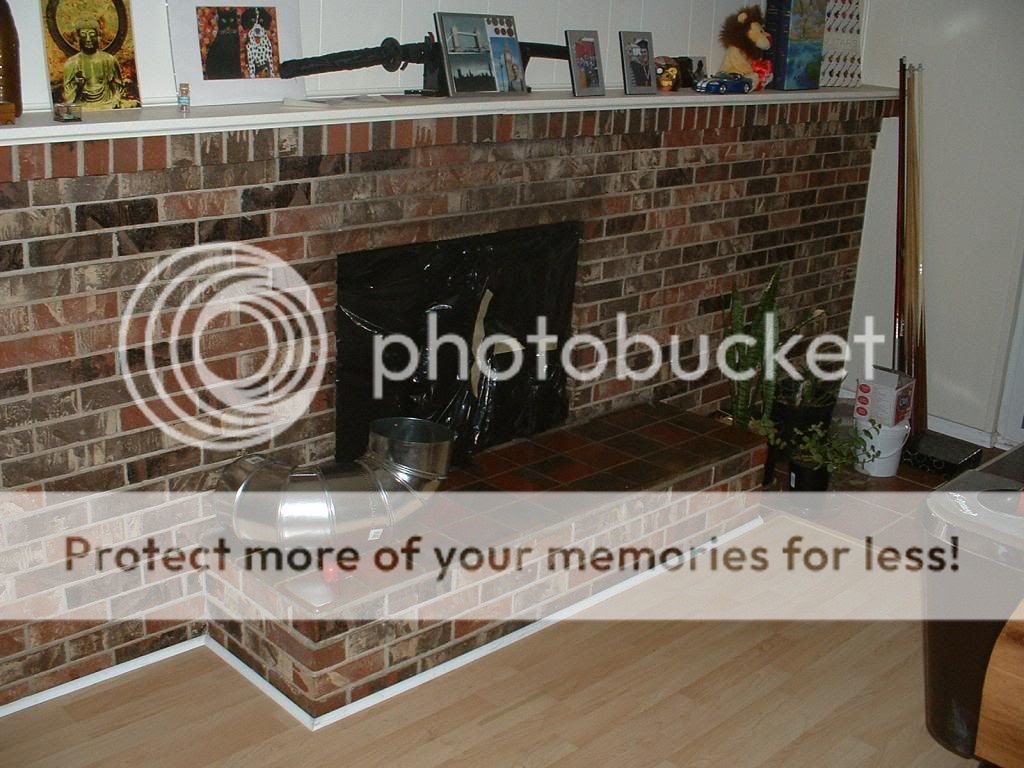
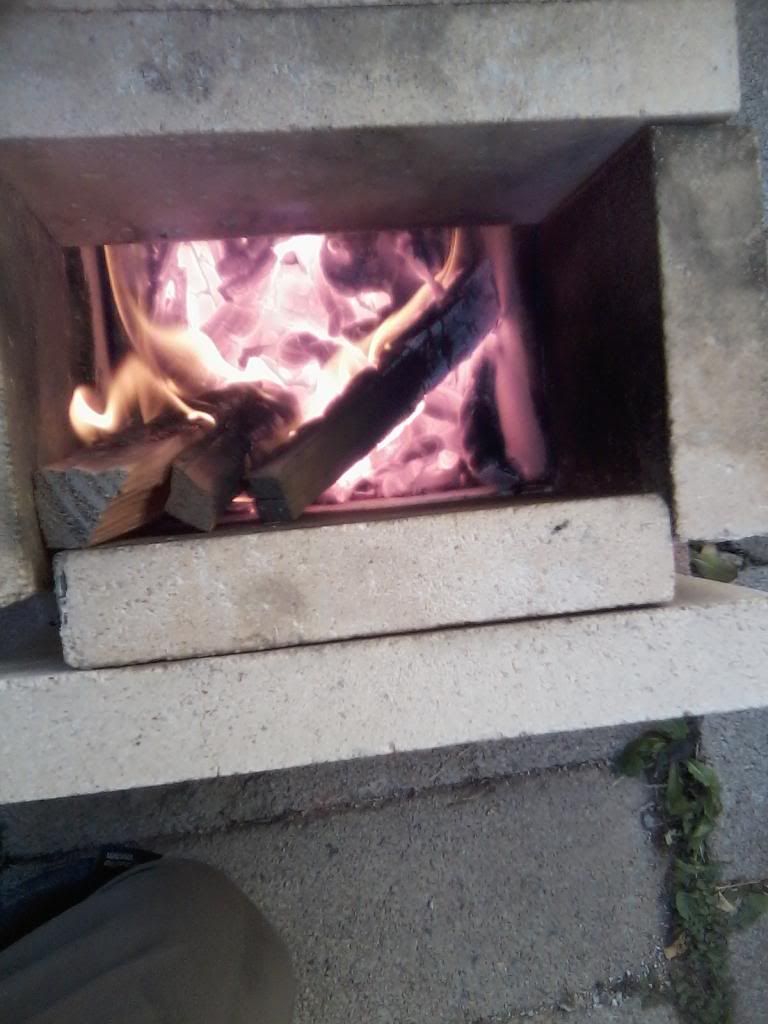
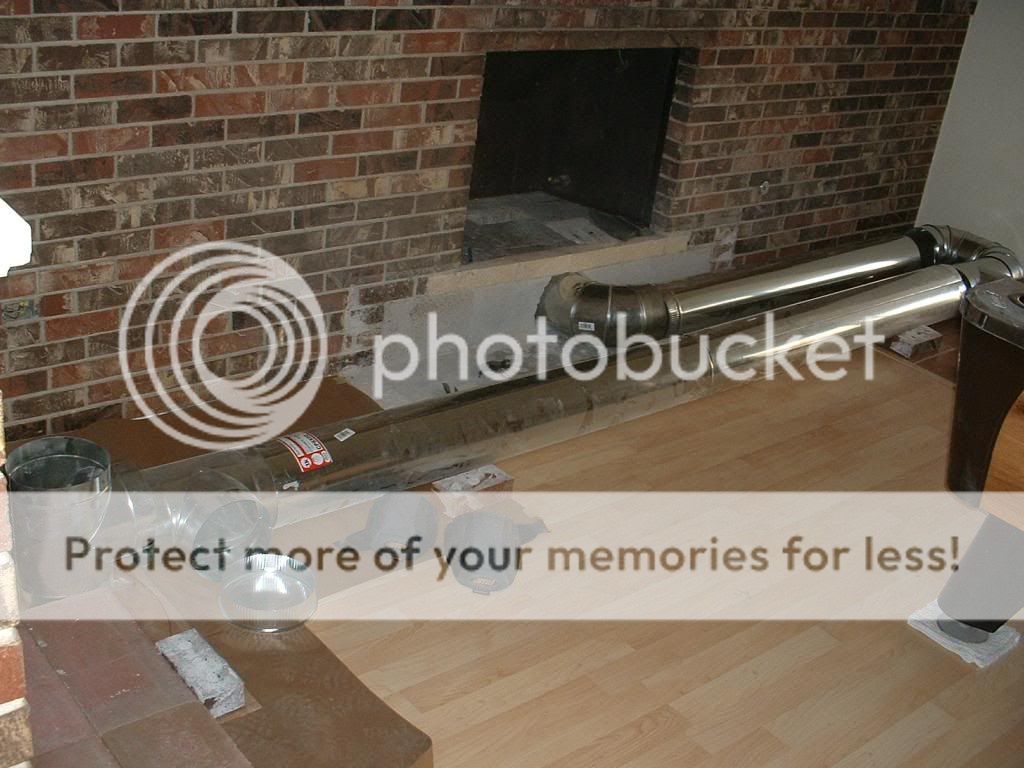





Success has a Thousand Fathers , Failure is an Orphan
LOOK AT THE " SIMILAR THREADS " BELOW !






























Success has a Thousand Fathers , Failure is an Orphan
LOOK AT THE " SIMILAR THREADS " BELOW !









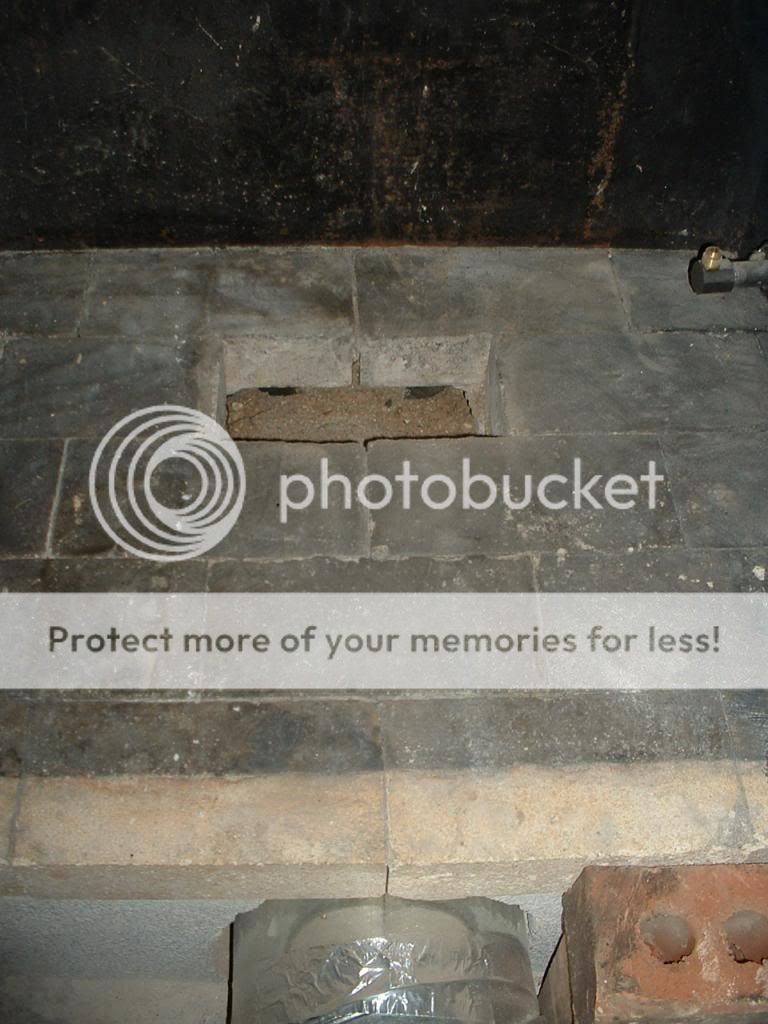
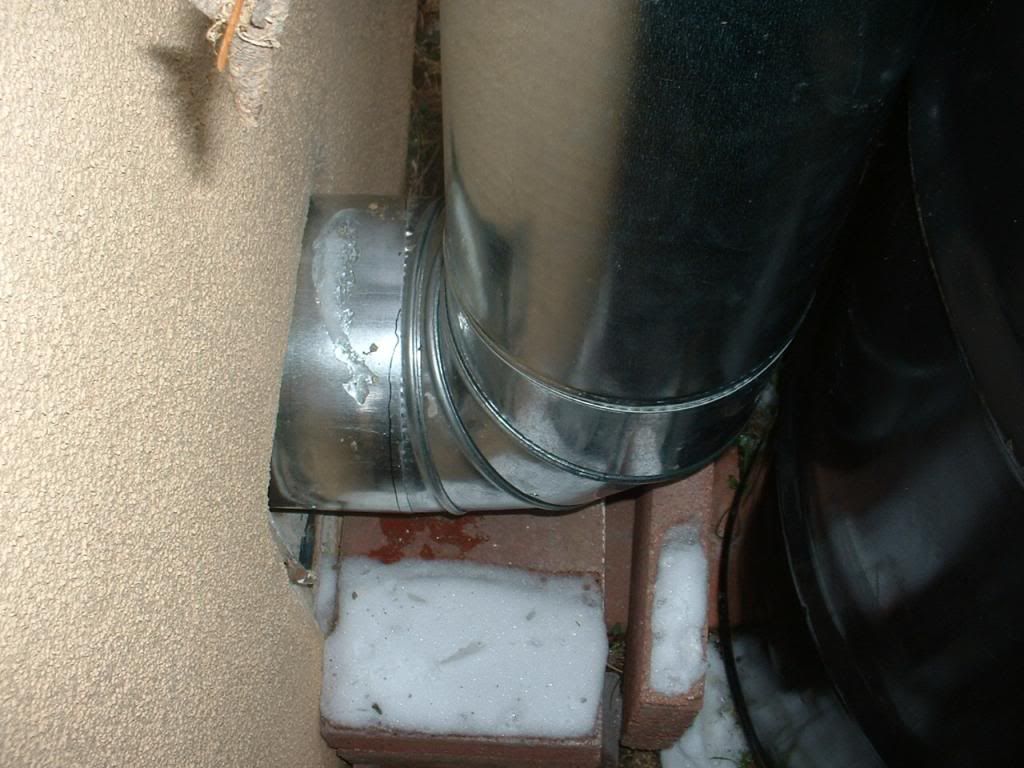
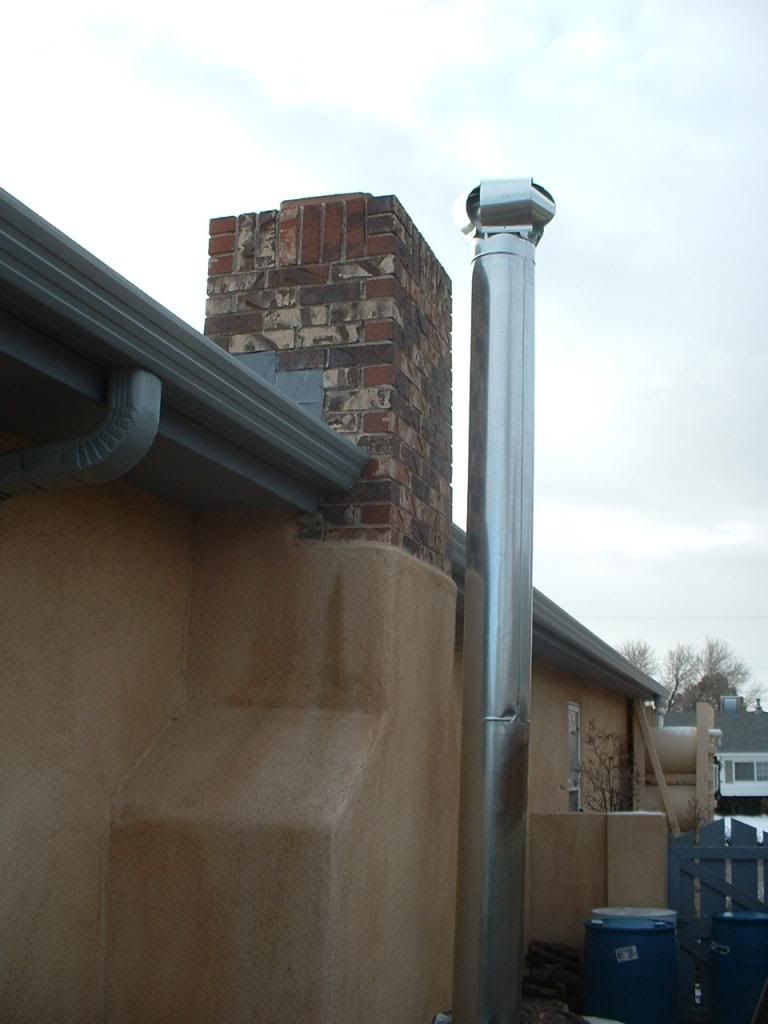










Success has a Thousand Fathers , Failure is an Orphan
LOOK AT THE " SIMILAR THREADS " BELOW !










www.dragonheaters.com
http://blog.dragonheaters.com/




















God of procrastination https://www.youtube.com/watch?v=q1EoT9sedqY




Brett Andrzejewski wrote:Update and back smoke (backward flow) problems
I was doing more testing today and have been getting backward flow problems. There is a steady breeze of 10 mph with gusts to 20+ mph.
The 10 mph breezes are not a problem. It is when the gusts of 20 mph hit, i get backflow and smoke in the house. I have a homemade air diffuser on top of my chimney, seen in the previous posts.
Any suggestions?
Thanks in advance





Cam Mitchell wrote:
In the picture, it looks funny, like it's broken or installed tilted or something.




"Necessity is the mother of invention" That's why I'm a Jack of all trades, Master of some and have learned that Knowledge is power, but information isn't necessarily knowledge.















Success has a Thousand Fathers , Failure is an Orphan
LOOK AT THE " SIMILAR THREADS " BELOW !
 1
1




"Necessity is the mother of invention" That's why I'm a Jack of all trades, Master of some and have learned that Knowledge is power, but information isn't necessarily knowledge.







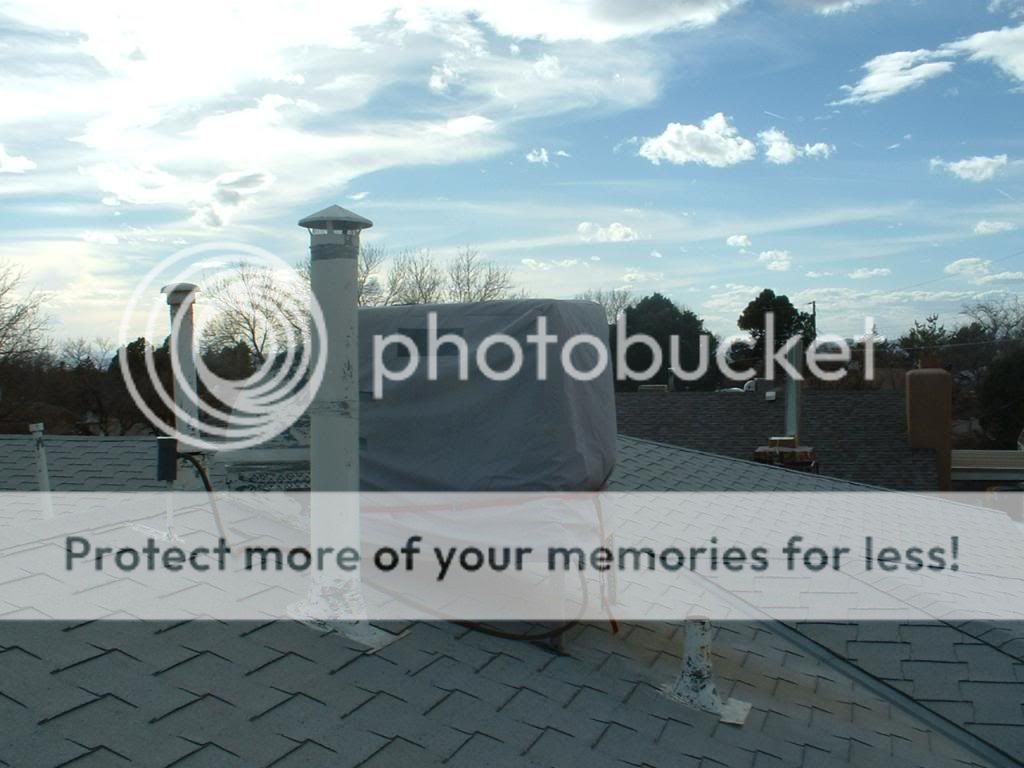




"Necessity is the mother of invention" That's why I'm a Jack of all trades, Master of some and have learned that Knowledge is power, but information isn't necessarily knowledge.














"Necessity is the mother of invention" That's why I'm a Jack of all trades, Master of some and have learned that Knowledge is power, but information isn't necessarily knowledge.














kevin Davis wrote:Your Dragon is all growed up....you have to feed it a real meal.









John Adamz wrote:290 might be a bit low, but maybe not with a 4" gap. Is there a reason you made it so big? Sounds like things might work out with the current configuration after things dry up.
Does it seem like it's still drawing pretty good?





ronald bush wrote: is a 2" gap better than 4"? if so whats at play there? noob thinking would be bigger gap better flow? is there a venture effect going on in 2" gap?
 1
1




"Necessity is the mother of invention" That's why I'm a Jack of all trades, Master of some and have learned that Knowledge is power, but information isn't necessarily knowledge.


























|
If tomatoes are a fruit, then ketchup must be a jam. Taste this tiny ad:
The new kickstarter is now live!
https://www.kickstarter.com/projects/paulwheaton/garden-cards
|








